
Developer: Cornfox & Bros
Publisher: Cornfox & Bros
Platform: Switch, iOS
Tested on: Switch
Oceanhorn 2: Knights of the Lost Realm – Review
With Oceanhorn 2: Knights of the Lost Realm, a former Apple Arcade exclusive arrives on the Switch. The Zelda-esque graphics look appealing but we’ve had some disappointing experiences with mobile ports in the past. Given that Oceanhorn 2 launches with a hefty price increase on the Switch compared to its mobile sibling, is it worth it to pull out your wallet to be able to play the game with a more classic controller setup?
Story
Unlike what the 2 in the title would suggest, you’re actually looking at a prequel to the original Oceanhorn here. The story takes place approximately a thousand years before the first game. An opening cutscene introduces us to Master Mayfair and his robot companion, Gen, as they meet with the mysterious Mesmeroth on a dark and stormy night. Mesmeroth asks Master Mayfair to raise a child. Fast forward 18 years and that same child has grown up and is now our handsome protagonist. The child remains nameless throughout the game and is only credited as the Hero. Master Mayfair has taught the Hero to be a knight, and the actual game starts near the end of the Hero’s training.
We’d put a spoiler warning here, but the game isn’t exactly subtle in its approach. It’s clear from the beginning that Mesmeroth is the villain, and he is of course building an evil army in an attempt to take over the world. Naturally, it’s up to the Hero to stop his evil scheme, with the aid of the friends he meets along the way on his quest. Apart from Master Mayfair himself, the Hero’s most prominent ally is Trin, the granddaughter of Archimedes, the leader of Arcadia. While the overall premise is one we’ve seen hundreds of times before, it’s still serviceable and developer Cornfox & Bros’ decision to stick to a formula that’s been proven to work can’t be faulted.
Graphics
It’s hard not to compare Oceanhorn 2 to Breath of the Wild based on the visuals. While Breath of the Wild uses a slightly more cel-shaded look, we can’t fault people for looking at screenshots of Oceanhorn and think the game belongs to the same series. It’s a lovely look though, and we did enjoy the visuals during our time with the game. It’s a shame to see that the graphical performance was toned down for the Switch port, which is locked at 30 FPS while the iOS version reportedly runs at 60 FPS and at a higher resolution to boot. Character facial expressions could also have been improved. The faces show very little emotion throughout the game, and the voice acting present is necessary to convey the characters’ feelings as the in-game models lack the ability to do so.
Sound
The Hero’s adventure is accompanied by a light-hearted soundtrack that emphasizes the colorful nature of the world Oceanhorn 2 is set in. The music is orchestrated rather than computer-generated and the cheerful tunes manage to capture the overall adventurous spirit of the game. We were also happy to see the game feature plenty of voice acting, with decent performances by the entire cast. The standout voice performance here is that of Trin. Voice actress Fryda Wolff really brings the character to life, which is quite a feat given the relatively emotionless facial expressions of the in-game models. Environmental sounds fare less well than the music and voice work, with only the bare minimum of sound effects in action, making the overworld feel less alive than it should.
Gameplay
Unlike the original Oceanhorn, which was a top-down adventure game, Knights of the Realm is taking on a decidedly different form as the series becomes a full-on 3D experience in the same vein of modern Legend of Zelda titles like Breath of the Wild. Of course, you’re looking at a much more limited experience here than Nintendo’s masterpiece, and we’ll try to refrain from comparing Oceanhorn 2 to the Zelda series. While both Oceanhorn titles clearly take inspiration from Zelda, as well as other games, the franchises are not in the same ballpark. Let’s cut to the chase: everything about Oceanhorn 2 reflects that the game was designed as a mobile game first and foremost. Of course, it’s not available on Android, but if you’re the owner of an iOS device capable of running the title, and if you have any interest in playing Oceanhorn 2, we recommend skipping the Switch port. Part of this is of course because of the enormous difference in pricing, but there are several design choices that just don’t work for the Switch.
Controls are kept deliberately simple, with some of the more complex actions, such as jumping and climbing performed automatically by facing the obstacle and simply moving forward. This is of course because the touch screen controls of the iOS version lack the finesse of playing a game with an actual controller, but controlling the Hero like this does feel somewhat unnatural. This simplification of controls also leads to one of the game’s biggest frustrations when it comes to the game’s fighting mechanics. We imagine that fighting an enemy on the iOS version would involve tapping said enemy repeatedly as you slash your sword at them. The Switch version requires you to face the Hero at an enemy and use the attack button on your controller, but the game lacks a lock-on function, as that isn’t necessary when fighting an enemy by directly tapping them on a touch screen.
This means that you’ll often lose sight of an enemy during an engagement, especially when facing off against multiple at the same time and it can really hurt your momentum. The game also lacks gyro aiming when it comes to its ranged attacks. While this isn’t an absolute necessity, it is a feature that is commonly implemented in Switch games and it can be a bit jarring having to aim manually when you’re used to playing titles like Skyrim or Splatoon 2. Finally, some of the more intense actions, such as sprinting and using attacks will quickly drain your stamina meter, so it’s important to keep an eye on that as well.
Although Oceanhorn 2 suffers from awkward controls and a lack of originality, the overall experience isn’t a bad one, however. During the campaign, which will take roughly 25 hours to complete, you’re exploring a beautiful world and are meeting up with some quirky and interesting characters. The puzzles aren’t as intricate as the ones you’d expect to encounter in a Zelda-esque game and the game’s difficulty may be a bit underwhelming for seasoned gamers. The game strikes a good balance between being a laid-back and relaxing adventure with enough action sprinkled in to keep you engaged.
Conclusion
Oceanhorn 2 is a game that takes ingredients from other titles and attempts to cook up a whole new dish. It may not taste original, but it’s a nice little helping of comfort food. While Oceanhorn 2 on the Switch is a serviceable port, we can’t help but recommend going for the iOS version if you have an iOS device instead. Not only is it far cheaper, but the game performs better over there. If you don’t have access to the game on iOS, the Switch version will still deliver, but we do recommend waiting for a sale, as it feels too expensive for what it is, given the price of the alternative version.
Oceanhorn 2: Knights of the Lost Realm - Review,1 Comment
Leave a Reply
You must be logged in to post a comment.

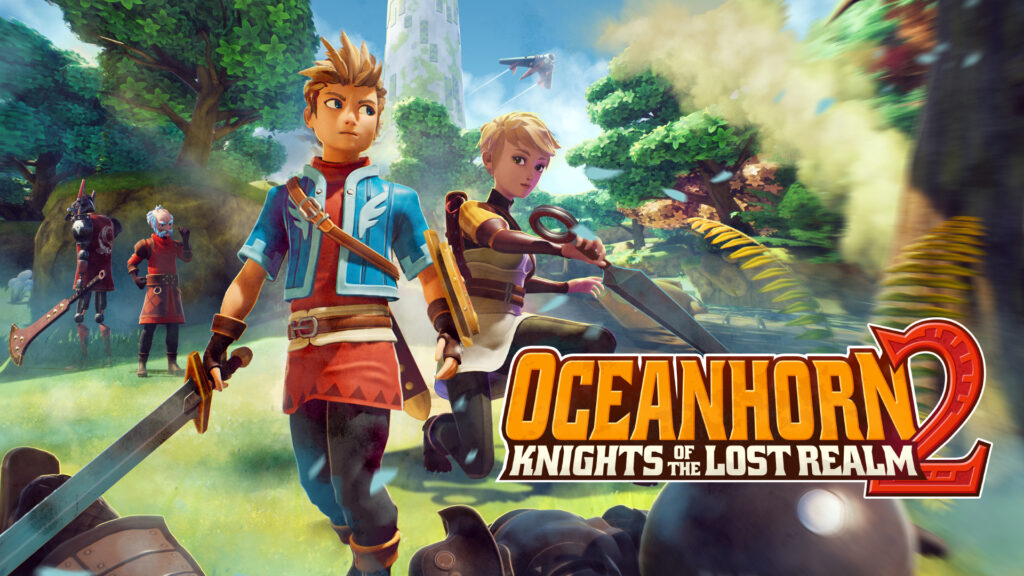

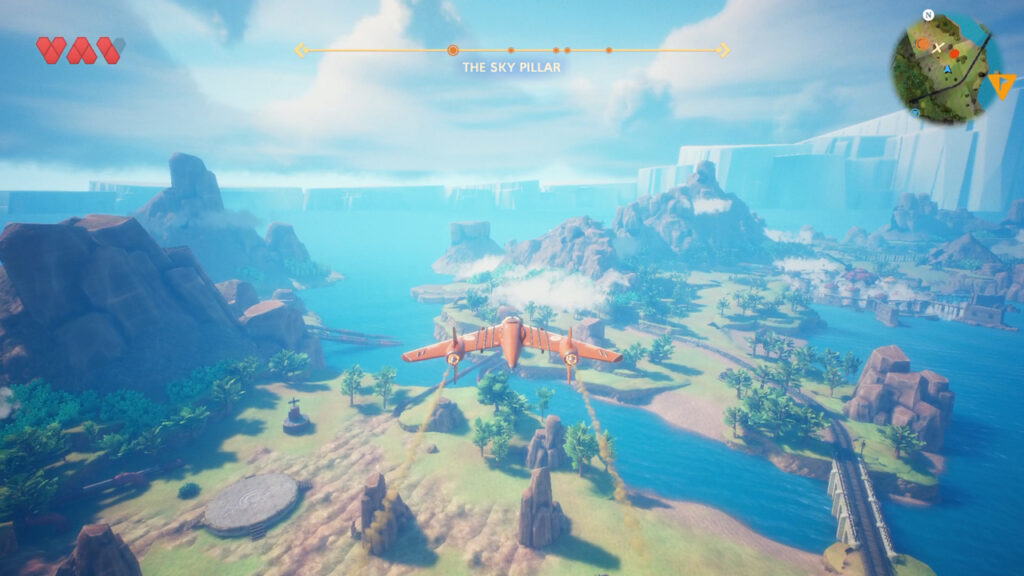
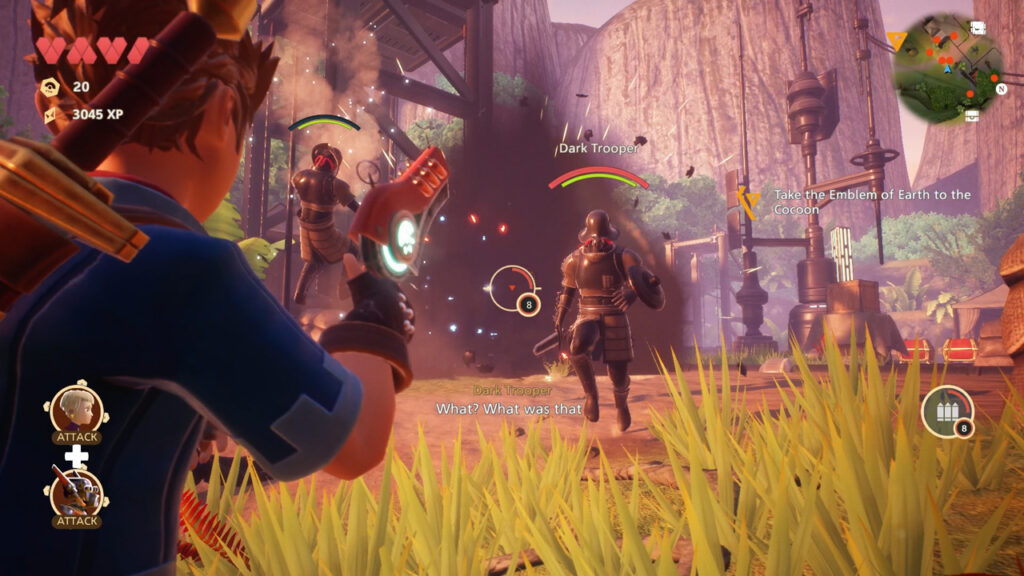
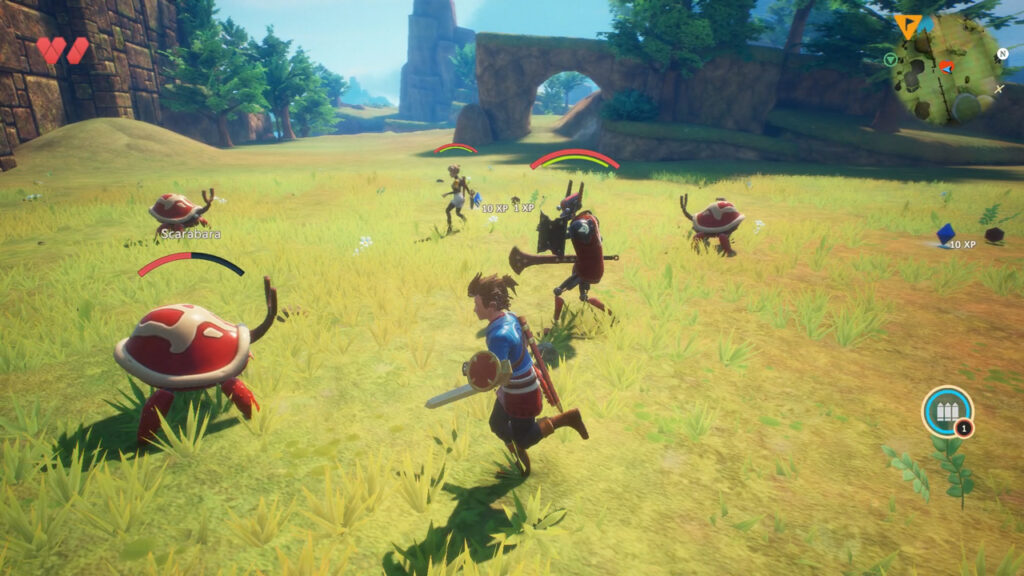


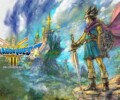
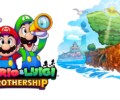
[…] trailer certainly looked impressive enough, and as we’ve seen with the success of titles like Oceanhorn 2 and Wavetale, players are always clamoring for Zelda-likes on non-Nintendo platforms. Meeting […]